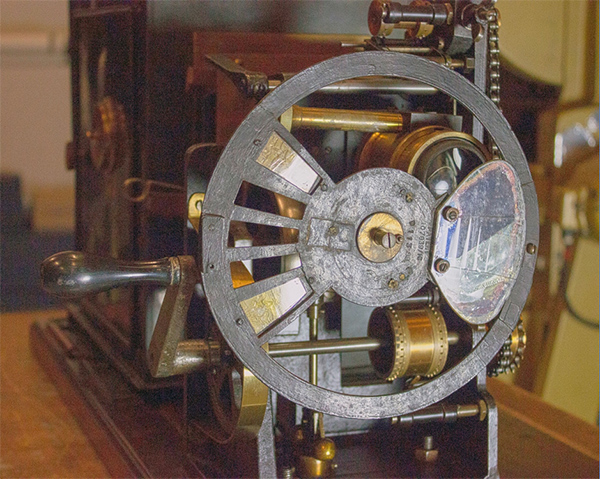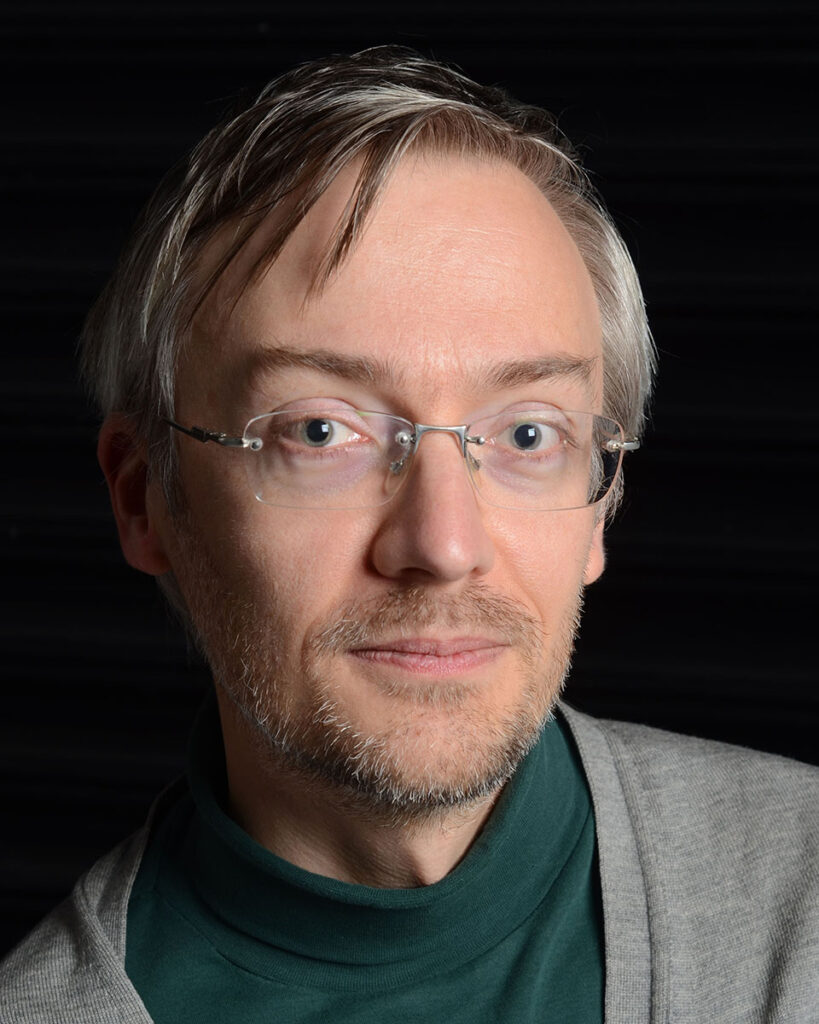< Program < PANEL NO. 3: Cameras, Projectors, and Trick Photography
Modern methods of archival projection rely on either standardised analogue projection technology or their digital equivalents such as DLP. Analogue projection, using a three-bladed shutter and a speed of 18fps, may feel more authentic than digital but it is still not strictly representative of the variety of specifications seen in the early cinema period. While the detail of this technological specificity may be acknowledged by specialists, little account is given to its implication: the denial of a lost flickerscape of early cinema experience. I argue for the need to communicate this distinction within the contexts of archival projection in order to establish a stronger link between modern day audiences and the historical spectator of early cinema, recognised by Tsivian as a “medium sensitive viewer.”
This paper will chart the contributions of the shutter designers of the early cinema period as they negotiated the problems of flicker, ghosting, and light loss, in concert with their audiences and their faculties of perception. To some extent, everyone felt inclined to have a go: from now feted pioneers such as Cecil Hepworth and Albert Smith, to figures today abandoned in the patent record such as projectionist, William Branson, and clothier, Edward Halford (who contrived to insert silk into his shutter design). Despite the first three-bladed shutters being used in 1903, their initial uptake was modest and, arguably, there was no consensus for shutter design, nor freedom from reportable flicker, until the end of the early cinema period.
Through research into surviving original shutters as well as the printed discourse, the design and manufacture of the shutter is presented as a contested site of the technological imaginary of early cinema, sustained by a network of relations between scientific research, heuristic process and creative cognition.

Guy Edmonds (Plymouth University)

Guy Edmonds is an Associate Researcher with Transtechnology Research at Plymouth University where he completed his doctoral thesis, Vibrating Existence: Early Cinema and Cognitive Creativity as a Marie Curie Fellow on the CogNovo doctoral training programme. His research interests revolve around exploring and understanding the affective potential of the moving image, especially in regard to early film technology and historical film material. He is a professional film restorer and archivist and also holds an MA in Preservation and Presentation of the Moving Image from the University of Amsterdam. He has previously worked at the EYE Filmmuseum, Christie’s Camera and Photographic auctions and The Cinema Museum in London.
